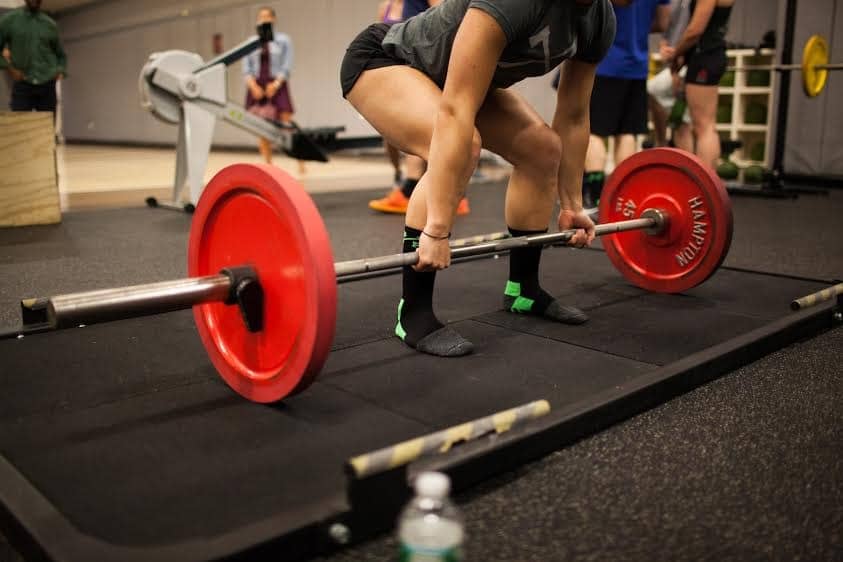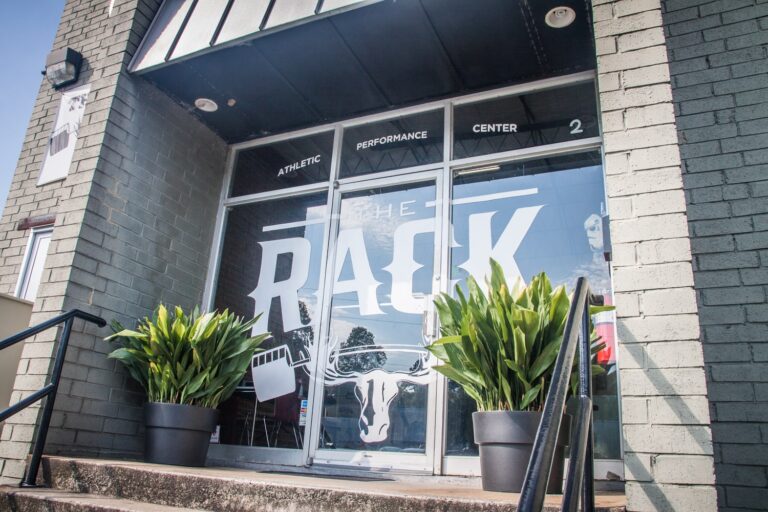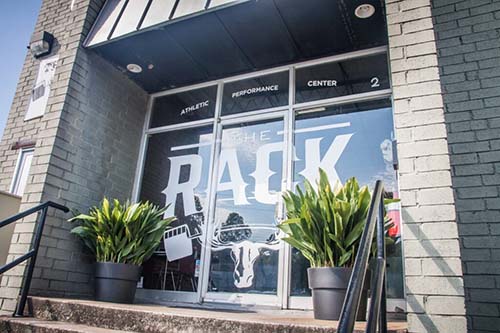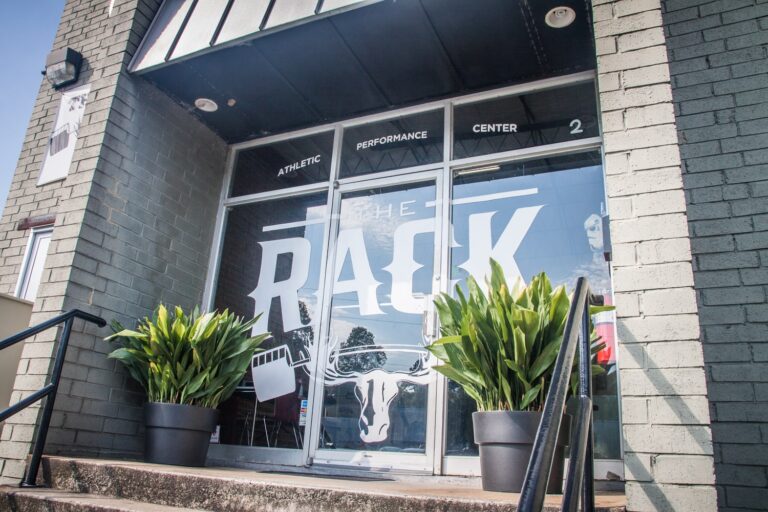What’s Better for Training in Shoes, Socks, or Something Else?

Take a trip back in time with me. Picture your primal ancestors, hunting/gathering barefoot for their daily meals. Now think of today and how your feet are covered with some type of shoe. You’re already asking ‘where’s he going with this’, aren’t you?
Think of the effect shoes have on not just your feet but also your entire kinetic chain from your toes to your head. There’s a chance your foot and ankle function are deficient, particularly if you are physically unable to perform most of your normal activities in a barefoot nature. In turn, your muscle function, joint health, and motion mechanics can be altered.
Did you know that a 1% decrease in mobility, proprioception, or strength through the foot/ankle doesn’t end in the foot/ankle? It continues along the kinetic chain through the leg, into the hip, and typically rests in the lumbar. However, in some cases, the dysfunction can lead to thoracic area of the spine and affect the shoulders. This overcompensation of the chain tends to cause over-pronation and over-supination of the feet, as well as deficient hip and knee mechanics.

Wearing shoes alters the sensory input your muscles and your brain receive from your environment. Adding insoles or toe cushions exacerbates the problem as muscles in the foot continue to weaken due to being activated less and less. Additionally, some muscles may deactivate as the shoe is doing the work for them, while others may activate too much or when they aren’t needed. Over time, the feet, ankles, and toes become inhibited. Gradually, the ability of the feet to absorb force is distributed to the shoes you are wearing.
This leads individuals to attempt to correct issues they believe exist, such as ‘flat feet’ or ‘high arches’. When in reality, the arch of the foot, along with the other muscles present, are just weak and inefficient at functioning. Ultimately, the improper muscle function affects the movement pattern of the rest of the body.
The main benefit of training barefoot is the proprioception one gets from being shoeless. Let’s be clear, wearing shoes isn’t bad or wrong. However, frequently shoving your foot into a shoe can lead to undesired consequences, particularly if the shoes have a high heel. Most shoes have heel lifts or extreme cushion distributed throughout them. Raised heels can lead to potential problems such as loss in calf muscle pliability, which ultimately leads to a decrease in ankle dorsiflexion, directly influencing your walking mechanics. While the cushion in the shoe assists in absorbing the force during lifting, ultimately resulting in lost force. However, when an individual is barefoot, that force isn’t lost as it is directly distributed through the ground. Now, training in socks isn’t for everyone so minimalist shoes or flat shoes may be the answer for you.
If you attempt to train in socks or minimalist shoes, please DO NOT go cold turkey from your regular footwear. If you cannonball into the barefoot training pool rather than wading in, there’s a chance injury will occur. The small muscles in the feet will be weak to the point that shin splints, among other possibilities, can occur.
Instead:
1- Train your feet to undergo the load of less foot support from shoes by starting slow. Correct the movement patterns and muscle inefficiencies first before progressing.
2- Focus on and correct foot positioning on each lift as you go. For example, when you line up for a deadlift, are your toes on each foot in the same line of motion? Are your heels straight versus inward/outward?
How can ease into barefoot training?
1 – The answer is simple, walk around barefoot more. The muscles in the foot will slowly strengthen and function more efficiently.
2 – Begin ‘priming’ your feet for more intense work without shoes. Simple flexion and extension of each digit and rolling your foot side to side for correct connection with the ground are also great places to start. Then you may SLOWLY progress from smaller to bigger lifts barefoot.
An important note here: DO NOT OLYMPIC LIFT WITHOUT SHOES. The lack of shoes is highly dangerous and slipping can occur more easily due to the highly explosive/dynamic nature of the action. This can obviously lead to dangerous outcomes.

in strength,

Zach Bettis
-CSCS




